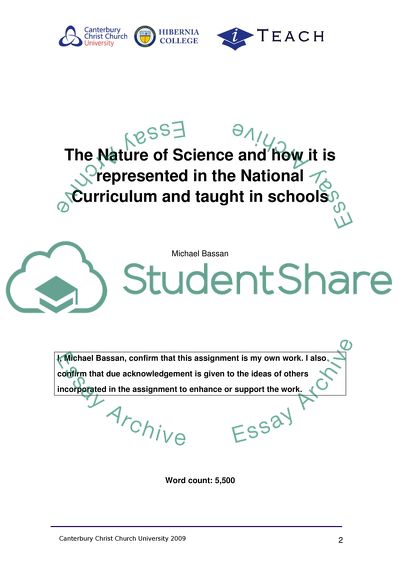Cite this document
(The Nature of Science and How Science Is Represented in the National Essay, n.d.)
The Nature of Science and How Science Is Represented in the National Essay. Retrieved from https://studentshare.org/education/1734344-titlethe-nature-of-science-and-how-science-is-represented-in-the-national-curriculum-and-taught-in-schools
The Nature of Science and How Science Is Represented in the National Essay. Retrieved from https://studentshare.org/education/1734344-titlethe-nature-of-science-and-how-science-is-represented-in-the-national-curriculum-and-taught-in-schools
(The Nature of Science and How Science Is Represented in the National Essay)
The Nature of Science and How Science Is Represented in the National Essay. https://studentshare.org/education/1734344-titlethe-nature-of-science-and-how-science-is-represented-in-the-national-curriculum-and-taught-in-schools.
The Nature of Science and How Science Is Represented in the National Essay. https://studentshare.org/education/1734344-titlethe-nature-of-science-and-how-science-is-represented-in-the-national-curriculum-and-taught-in-schools.
“The Nature of Science and How Science Is Represented in the National Essay”, n.d. https://studentshare.org/education/1734344-titlethe-nature-of-science-and-how-science-is-represented-in-the-national-curriculum-and-taught-in-schools.


